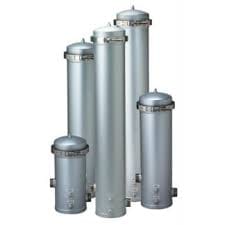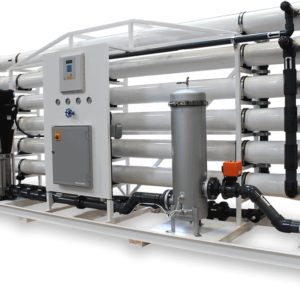Brackish Water Plants
Buy on whatsappDescription
Introduction
Brackish water is a unique aquatic environment that contains a mixture of saltwater and freshwater, usually found in estuaries or coastal areas where rivers meet the sea. Brackish water plants are specially adapted to thrive in these challenging conditions. They possess the remarkable ability to tolerate varying levels of salinity, making them a crucial part of the brackish ecosystem. In this article, we will explore the world of brackish water plants, their characteristics, and some fascinating species that can be found in these environments.
Characteristics of Brackish Water Plants
Brackish water plants have evolved specific adaptations to survive in environments where salt and freshwater mix. These adaptations allow them to tolerate the fluctuating salinity levels, high salt concentrations, and other challenging conditions. Some key characteristics of brackish water plants include:
- Salt Tolerance: Brackish water plants have the ability to withstand a wide range of salinity levels, from slightly salty to highly saline conditions.
- Halophytic Adaptations: These plants possess various physiological and morphological adaptations that enable them to cope with high salt concentrations. Some examples include salt-excreting glands, succulent leaves, and specialized root systems.
- Osmoregulation: Brackish water plants have efficient osmoregulation mechanisms to maintain proper water balance within their cells, even in highly saline environments.
- Nutrient Uptake: These plants have adapted their nutrient uptake strategies to ensure sufficient absorption of essential elements despite the presence of high salt concentrations.
Fascinating Brackish Water Plant Species
Brackish water ecosystems are home to a diverse range of plant species that have adapted to survive in the challenging conditions. Here are a few remarkable examples:
1. Mangroves (Family: Rhizophoraceae)
Mangroves are iconic brackish water plants known for their ability to grow in intertidal zones. They form dense forests along coastlines and estuaries, providing essential habitats for numerous marine organisms. Mangroves have specialized root systems called “pneumatophores” that enable them to obtain oxygen even in waterlogged, anaerobic soils.
2. Sea Purslane (Sesuvium portulacastrum)
Sea Purslane is a salt-tolerant succulent plant commonly found in brackish marshes and mudflats. It has fleshy, paddle-shaped leaves that store water, enabling it to withstand high salt concentrations. Sea Purslane’s pink flowers add a splash of color to the brackish landscape.
3. Saltmarsh Cordgrass (Spartina alterniflora)
Saltmarsh Cordgrass is a perennial grass species that thrives in the upper intertidal zones of brackish water habitats. It has long, creeping rhizomes that help stabilize sediments and provide shelter for various aquatic organisms. This plant plays a crucial role in protecting coastal areas from erosion.
4. Glasswort (Salicornia spp.)
Glasswort, also known as pickleweed, is a halophytic plant that can tolerate highly saline conditions. It has succulent green stems and small, scale-like leaves. Glasswort is often found in salt marshes and coastal mudflats, providing food and habitat for numerous bird species.
Conclusion
Brackish water plants are remarkable organisms that have adapted to thrive in the challenging conditions of saltwater and freshwater mixtures. Their salt tolerance, halophytic adaptations, and ability to regulate osmotic balance allow them to flourish in brackish aquatic environments. From mangroves to sea purslane, these plant species play vital roles in maintaining the ecological balance of brackish water ecosystems. Understanding and preserving these unique plants are essential for the overall health and sustainability of our coastal areas.





